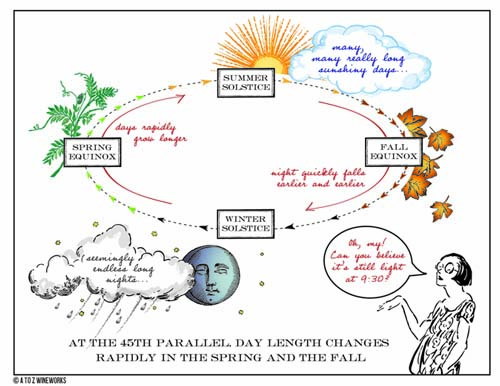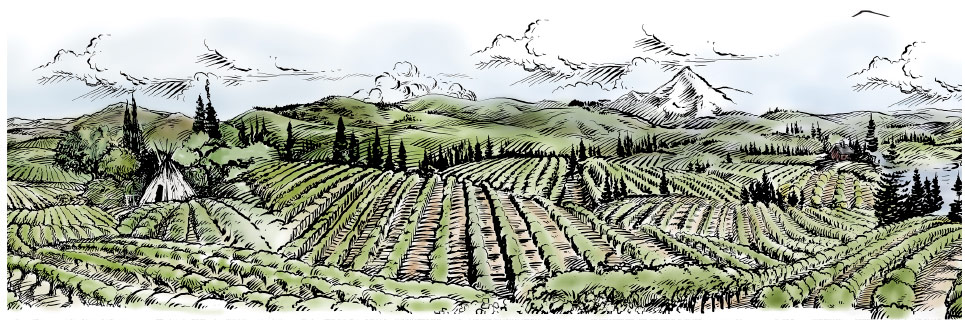Biodynamic Farming: Following the Sun
Biodynamic farming is complex, sometimes hard to explain and sometimes hard to quantify. It involves many areas: preparations, compost, biodiversity and an awareness of the rhythms happening all around us. I want to talk a little about using a Biodynamic calendar and the intention behind our practices during certain periods on the calendar by highlighting the thoughts of Rudolf Steiner and all those who have continued what he started. The biggest thing to understand is that we believe the moon has an influence on animals, plants and the activities we perform on the farm.
We all follow the sun over the course of the day: it rises in the east, reaches its peak at midday then descends to the west. In summer, the sun’s arch is much higher than it is in winter. In the northern hemisphere, the arch gets progressively higher every day from December 21st (winter solstice) until it reaches its highest arch on June 21st (summer solstice) from then on the arch slowly lowers again. We call this cycle one year and it coincides with the earth doing a full rotation of the sun. When the sun slowly gains height in the sky, we experience spring and then summer. When the sun begins to descend, we experience autumn and winter. During spring and summer, the earth ‘breathes out.’ Plants focus their energy on new growth and reproduction. In fall and winter, the earth ‘breathes in’ and plants refocus their energy towards the soil mostly on root development and storing energy in these organs until the cycle starts again.


